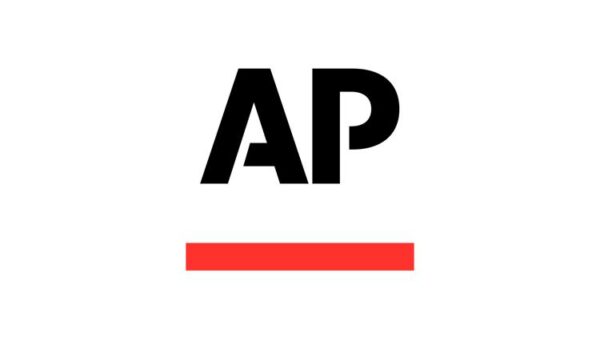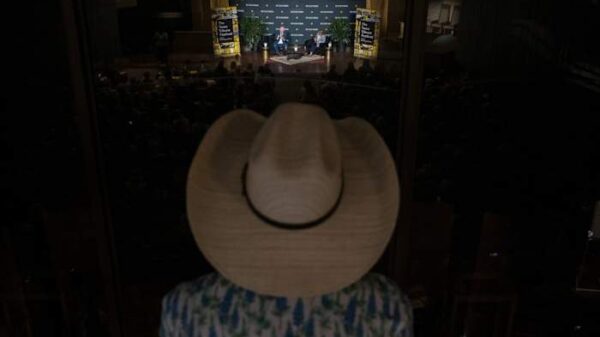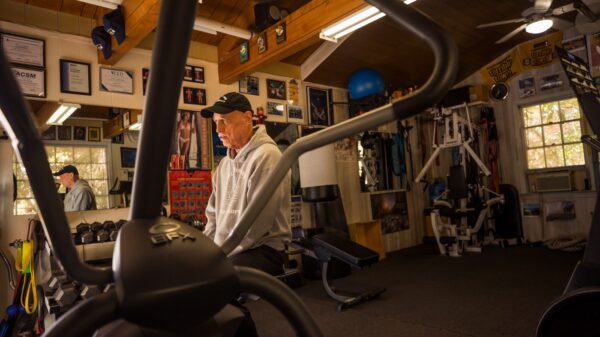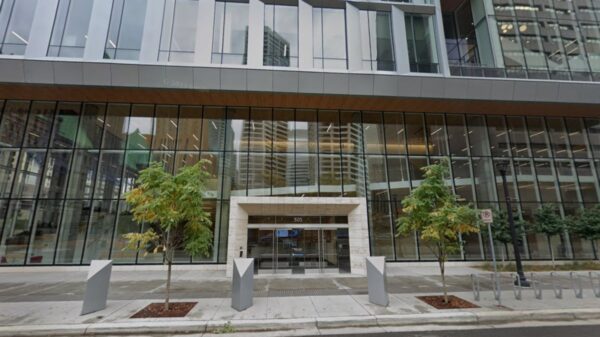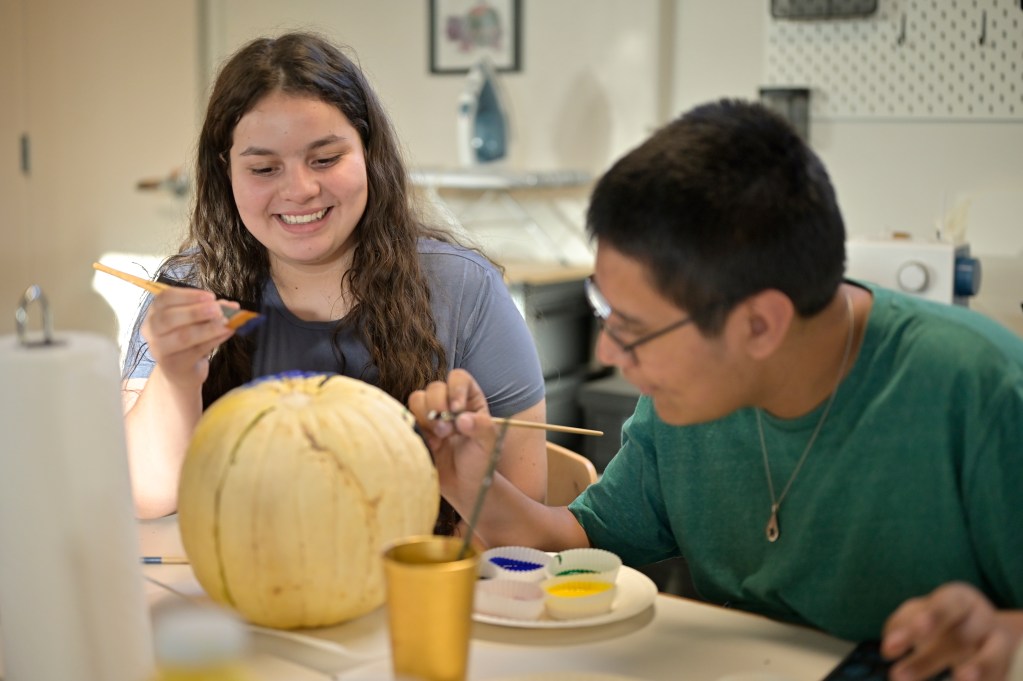Every Wednesday, a group of 12th graders from DSST: College View High School in southwest Denver gathers for a unique after-school program offered by the Colorado Dream Foundation. This initiative, designed to support local youth, provides a blend of academic assistance, emotional wellness, and career development, helping students explore their interests and plan for their futures.
The Colorado Dream Foundation’s program operates free of charge, catering to students who often lack access to creative opportunities. While the school emphasizes science, technology, engineering, and mathematics (STEM), many seniors seek activities that allow them to express themselves creatively. From movie nights to pumpkin painting, the foundation offers a mix of fun and volunteer opportunities, such as organizing clothes for underserved children.
“Our participants are primarily minorities or from low-income backgrounds,” said Claudia Puga, a student involved in the program. “People like us don’t get these opportunities. I’m so grateful to have this program.”
Founded in 1988 on the back lawn of the Colorado Governor’s Mansion, the Colorado Dream Foundation aims to create a world where every child has equal access to educational and career opportunities. Inspired by Eugene Lang, founder of the “I Have a Dream” Foundation, the organization now serves over 300 children from third through 12th grades annually in the Denver area.
The foundation provides not only academic help through individualized tutoring but also addresses social-emotional needs. Individual and small-group therapy sessions are available for participants aged four to adulthood. “Our job is not to make them feel like they’re back in school,” said Kaye Taavialma, the organization’s chief executive officer. “Their interests, characteristics, and qualities all have a place here.”
While many schools struggle to create environments that foster creativity, the Colorado Dream Foundation embraces a holistic approach. This commitment extends beyond high school graduation, offering continued support for students as they transition into post-secondary life, regardless of the path they choose. “We are post-secondary agnostic,” Taavialma clarified. “We’re not here to judge what youth want to do in their post-secondary life. We’re here to hold them accountable to a plan.”
Navigating the college application process can be overwhelming, particularly for first-generation students. The foundation’s educators assist high schoolers with scholarship opportunities, SAT preparation, and college applications.
The program boasts impressive outcomes: graduates are three times more likely to earn a bachelor’s degree compared to their peers in the community. Additionally, 90% of participants graduate high school, significantly higher than the national average of 74% for youth from marginalized backgrounds.
“It’s not just ‘college, college, college’ all the time,” said Melisa Sadaoui, another 12th grader. “It’s less stressful.”
After graduation, the foundation continues to support students through meet-ups during school breaks and mentorship programs, ensuring they remain connected and engaged.
For many involved, the Colorado Dream Foundation has been transformative. “It really has changed my trajectory,” said Elizabeth Tran, a senior. “When people believe in you, it makes you want to chase different things.”
With an annual budget of $2.15 million, the Colorado Dream Foundation employs 22 staff members and serves a total of 467 clients. The organization remains committed to nurturing the potential of Denver’s youth, equipping them with the skills and confidence they need to navigate their futures.
For more information about the Colorado Dream Foundation and how to support its initiatives, interested individuals can visit their official website.








